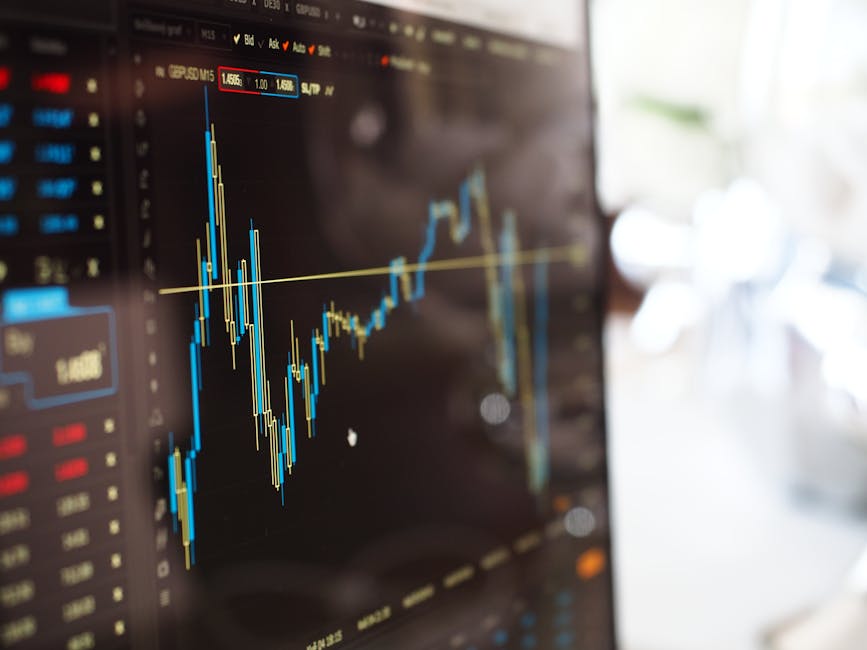Exchange-traded funds (ETFs) have revolutionized investing, with Canadian ETF assets reaching CAD $347.8 billion in 2024 according to Morningstar Canada. This remarkable growth reflects how ETFs have become a cornerstone of modern investment portfolios, offering investors an efficient way to access diverse markets with a single transaction. If you're looking to expand your investment knowledge beyond ETFs, you might also be interested in our guide to top Canadian stock investments.
Let's dive into everything you need to know about ETFs and why they've become such a popular investment vehicle!
What Is an ETF?
An ETF is a type of investment fund that trades on stock exchanges, just like individual stocks. It holds a collection of assets - which can include stocks, bonds, commodities, or other securities - and divides ownership of those assets into shares that investors can buy and sell throughout the trading day.
Key Features of ETFs
- Diversification: One ETF share can give you exposure to hundreds or thousands of underlying securities
- Liquidity: Can be bought and sold during market hours at market prices
- Cost-Effective: Generally have lower management fees than mutual funds
- Transparency: Holdings are typically disclosed daily
- Tax Efficiency: Usually generate fewer taxable events than actively managed mutual funds
Types of ETFs with Examples
Equity ETFs: Track stock market indexes or sectors
Example: XIU (iShares S&P/TSX 60) - Tracks Canada's 60 largest companies
Bond ETFs: Invest in government and corporate fixed-income securities
Example: VAB (Vanguard Canadian Aggregate Bond) - Holds government and corporate Canadian bonds
Commodity ETFs: Track raw materials like gold, oil, or agricultural products
Example: CGL (iShares Gold Bullion ETF) - Provides exposure to gold prices in CAD
Specialty ETFs: Focus on specific themes, strategies, or asset classes
Example: XRE (iShares S&P/TSX Capped REIT) - Invests in Canadian real estate investment trusts
How ETFs Work
ETFs operate through a unique structure called "creation/redemption," which helps keep their trading price close to the value of their underlying assets. According to ETF Express, this efficient mechanism has helped Canadian ETFs maintain an average tracking error of just 0.15% in 2025, demonstrating their effectiveness in achieving their investment objectives.
Benefits of ETF Investing
- Lower Costs: Management expense ratios (MERs) typically range from 0.05% to 0.50%
- Easy Diversification: Access to broad market exposure through a single investment
- Flexibility: Trade like stocks with real-time pricing
- Accessibility: Available to investors with varying account sizes
- Professional Management: Benefit from professional portfolio oversight
Considerations Before Investing
- Trading Costs: Consider brokerage commissions when buying/selling
- Tracking Error: Some ETFs may not perfectly match their underlying index
- Liquidity Risk: Some specialized ETFs might have lower trading volumes
- Market Risk: ETF values fluctuate with their underlying assets
Final Words
ETFs have transformed the investment landscape by providing cost-effective, diversified exposure to various markets and asset classes. Whether you're a beginning investor or a seasoned professional, understanding how ETFs work and their role in portfolio construction is crucial for making informed investment decisions. Consider consulting with a financial advisor to determine how ETFs might fit into your investment strategy.
Related Articles
Frequently Asked Questions
What is an ETF and how does it work?
An ETF (Exchange-Traded Fund) is an investment vehicle that tracks various assets like stocks, bonds, or specific market sectors. Based on the research examples, ETFs can hold thousands of stocks (like XEQT with over 9,000 global stocks) or focus on specific areas like bonds (ZAG) or real estate (VRE), providing investors with diversified exposure through a single investment.
What are the benefits of investing in ETFs?
ETFs offer low management fees (called MER) compared to other investment options, with many charging 0.20% or less. They provide instant diversification across different markets and sectors, as shown by examples like VEQT which covers multiple global markets, and they're easily traded on stock exchanges like regular stocks.
What types of ETFs are available?
The research shows various types including all-equity ETFs (XEQT, VEQT), bond ETFs (ZAG), dividend-focused ETFs (VDY), sector-specific ETFs (VRE for real estate), and even cryptocurrency ETFs (BTCC for Bitcoin). Some ETFs focus on specific regions like Canada, U.S., or international markets, while others provide global exposure.
How do I choose the right ETF for my portfolio?
ETF selection depends on your investment goals and risk tolerance. For example, all-equity ETFs like XEQT are suitable for those with higher risk tolerance, while bond ETFs like ZAG are ideal for balancing equity risk. Some ETFs are designed for specific purposes like income generation (VDY) or cash preservation (PSA).



